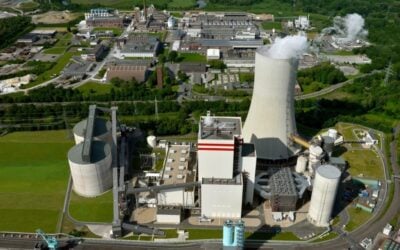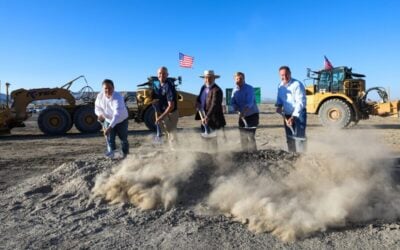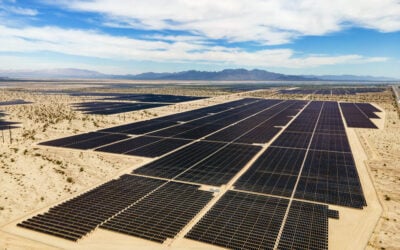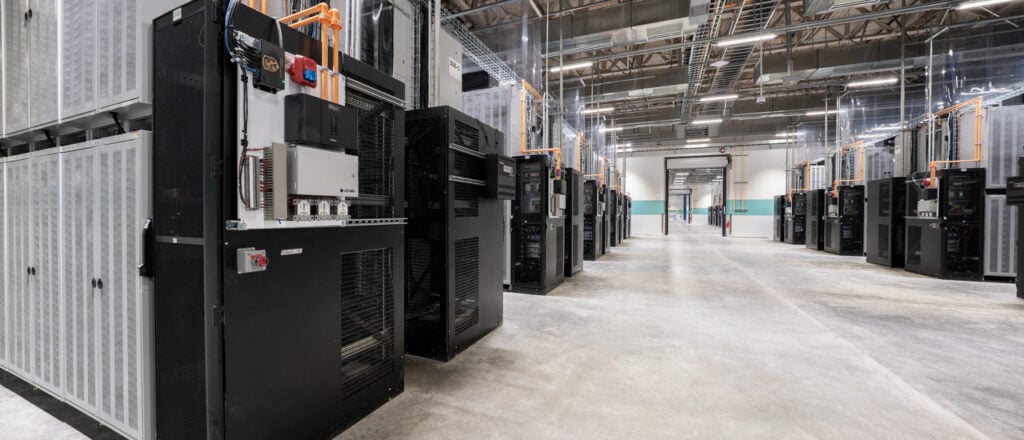
The Indiana Utility Regulatory Commission (IURC) has approved a proposed large-scale battery storage project in development in the US state by AES Corporation’s regional utility subsidiary.
AES Indiana said late last week (26 January) that the regulatory body has green-lit the 200MW/800MWh Pike County Battery Energy Storage Project, in the Indiana county of the same name. The standalone battery energy storage system (BESS) asset is expected to come online by December this year.
Enjoy 12 months of exclusive analysis
- Regular insight and analysis of the industry’s biggest developments
- In-depth interviews with the industry’s leading figures
- Annual digital subscription to the PV Tech Power journal
- Discounts on Solar Media’s portfolio of events, in-person and virtual
The asset is being built at the site of AES Indiana’s Petersburg Generating Station coal-fired power plant and the last remaining coal-burning plant in its portfolio.
With parent company AES having committed to exiting coal, the 2,146MW plant’s coal-fired units will be closed down in 2025, and AES has proposed to convert the facility to gas, in addition to developing hundreds of megawatts of wind, solar PV and batteries in the area.
The project will connect to the Midcontinent Independent System Operator (MISO) grid and the ISO’s wholesale markets. AES Indiana, which was formerly known as Indianapolis Power & Light (IPL), has around half a million customers in Indianapolis and Central Indiana, said it will be online during the 2024-2025 MISO winter season when demand typically peaks.
The utility issued a request for proposals (RFP) in February 2022 for complete delivery of the system on a turnkey basis i.e., not a power purchase agreement (PPA) or other third-party contract. The BESS will be connected through a new substation to AES Indiana’s transmission lines.
Energy holding company AES Corporation is a part-owner of global battery storage system integrator Fluence. No announcement has been made yet as to the supplier or integrator for the Pike County project.
Midwest US has fundamental drivers for strong BESS demand
In AES Indiana’s most recently filed integrated resource plan (IRP) from 2022, the long-term roadmap for its investments and activities for which it must get IURC approval, the utility determined that it would add up to 1,300MW of wind, solar PV and battery storage to its resource mix by 2027. That’s from around 400MW today.
The utility received criticism for choosing to partly replace the coal generation capacity with natural gas but argued that a mix of renewable energy resources and natural gas would be the best combination to maintain reliability of supply throughout the year and meet peak demand which is increasing.
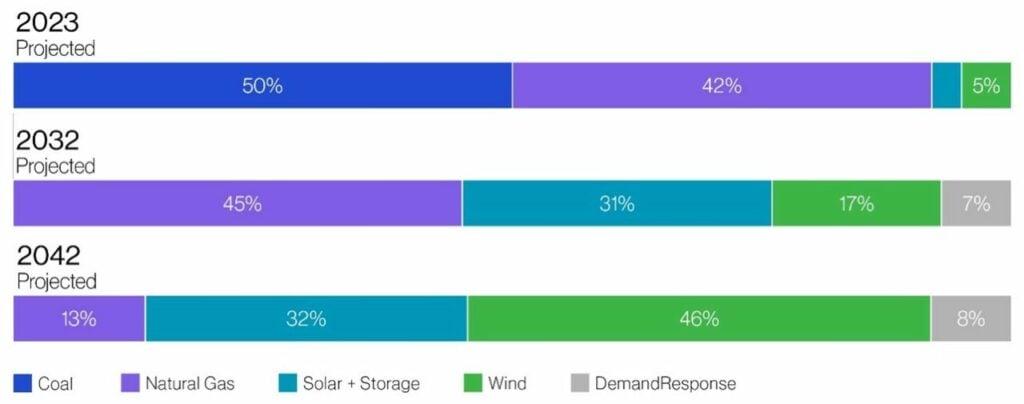
MISO and the US Midwest, in general, have been traditionally very dependent on coal for power generation. Michigan recently passed a state-level energy storage deployment target of 2,500MW by 2030, becoming the first among Midwestern states to adopt a 100% clean energy standard for 2040.
On the occasion of that clean energy legislation passing, towards the end of last year, Jeff Bishop, then-CEO of US BESS developer Key Capture Energy (KCE), told Energy-Storage.news Premium that Michigan had set the pace for a Midwestern energy transition.
The Midwest’s need for energy capacity to meet the shortfall in supply as coal plants retire and the increase in demand as electrification grows mean that it has the fundamental drivers to be one of the biggest markets for battery storage in the US, Bishop said.
Both Energy-Storage.news and our colleagues at PV Tech have reported on a number of large-scale battery and solar PV projects respectively from the Midwest region in the past couple of years and while still relatively rare versus more mature markets in the desert Southwest in particular, announcements do appear to be picking up.
MISO added energy storage to its wholesale market portfolio in late 2022, adopting the definition of electric storage resources (ESR) used by the Federal Energy Regulatory Commission (FERC). MISO modelled its portfolio with 4-hour lithium-ion battery storage in mind, leading to developers proposing BESS projects of that duration, such as AES Indiana’s Pike County project.
Energy-Storage.news’ publisher Solar Media will host the 6th Energy Storage Summit USA, 19-20 March 2024 in Austin, Texas. Featuring a packed programme of panels, presentations and fireside chats from industry leaders focusing on accelerating the market for energy storage across the country. For more information, go to the website.


